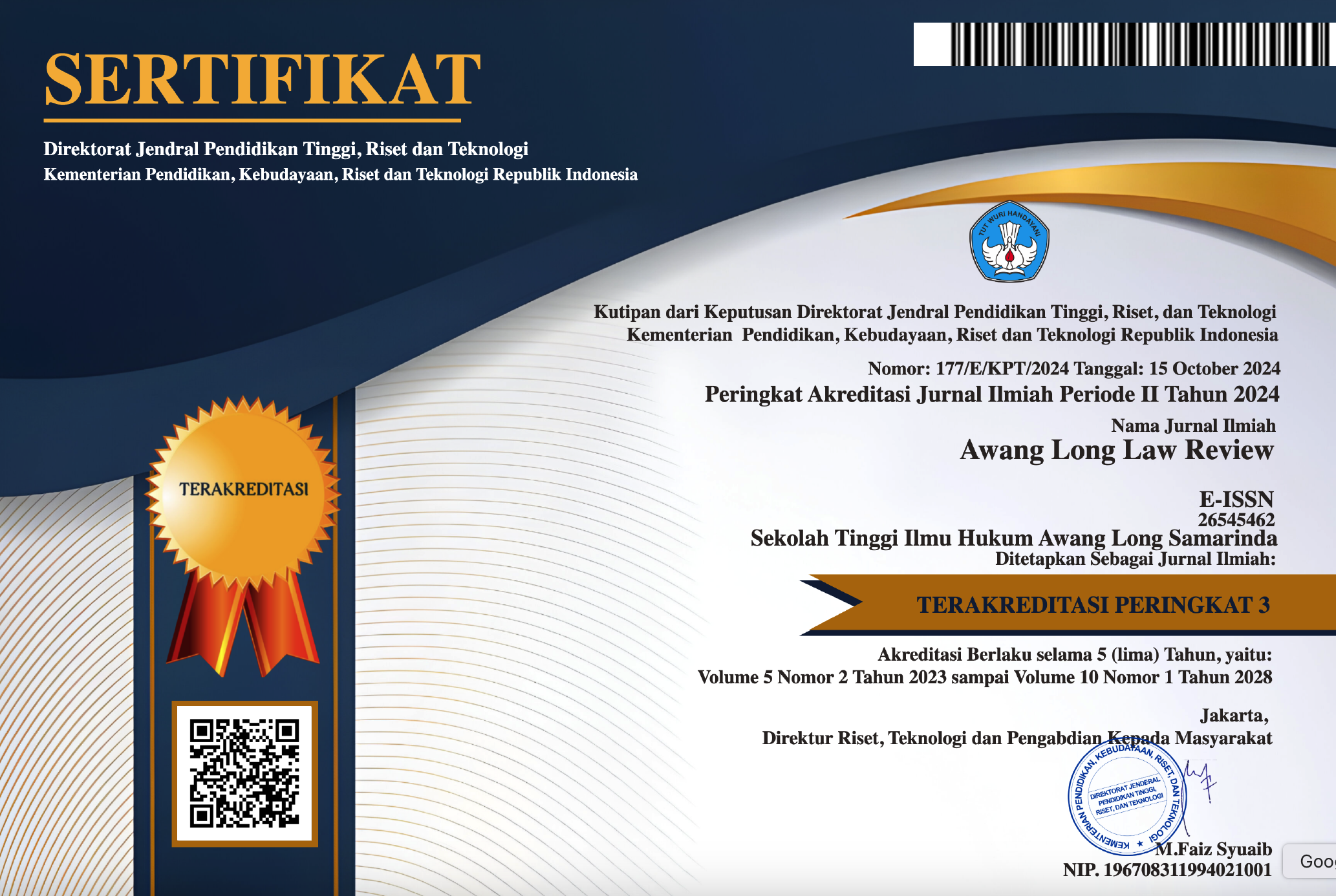RESTORATIVE JUSTICE AGAINST CHILDREN AS CRIMINAL ACTORS
Abstract
In applying the concept of restorative justice, especially in juvenile criminal justice, the Government and the DPR need to prepare a legal umbrella. Currently, Law no. 3 of 1997 concerning Juvenile Court has not accommodated the principles of restorative justice. In the international world, there are many references that can be used. Apart from the Convention on the Rights of the Child, there are also the Beijing Rules (UN Standard Minimum Rules for the Administration of Courts for Children, 1985); Havana Rules, Tokyo Rules (UN Standard Minimum Rules for Non-Custodial Measures, 1990), and Riyadh Guidelines (United Nations Guidelines on the Prevention of Delinquency in Children, 1990). The absence of a law does not actually leave judges with no ground at all. The Supreme Court is the party that signed the Joint Decree with five other state institutions on 22 December 2009 concerning the Handling of Children in Conflict with the Law (ABH). This is to create integration in efforts to resolve cases of ABH handling which are carried out in a coordinated manner by law enforcement officials and all related parties.
Downloads
Copyright (c) 2021 Awang Long School of Law

This work is licensed under a Creative Commons Attribution-ShareAlike 4.0 International License.







